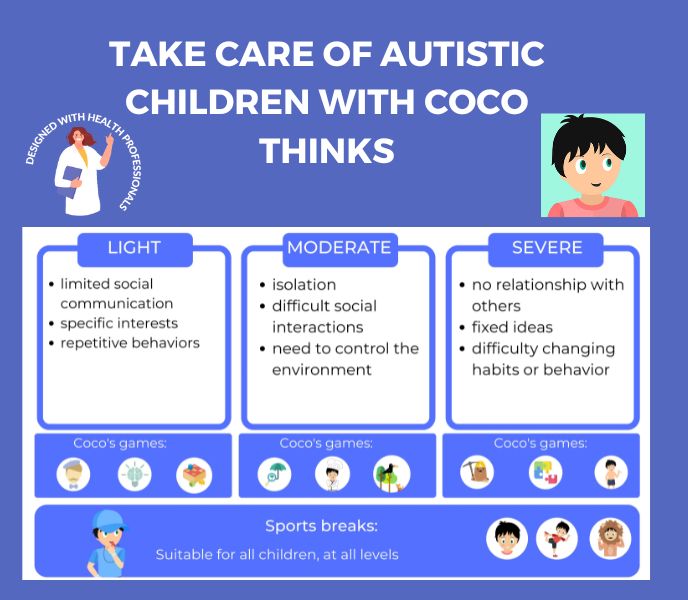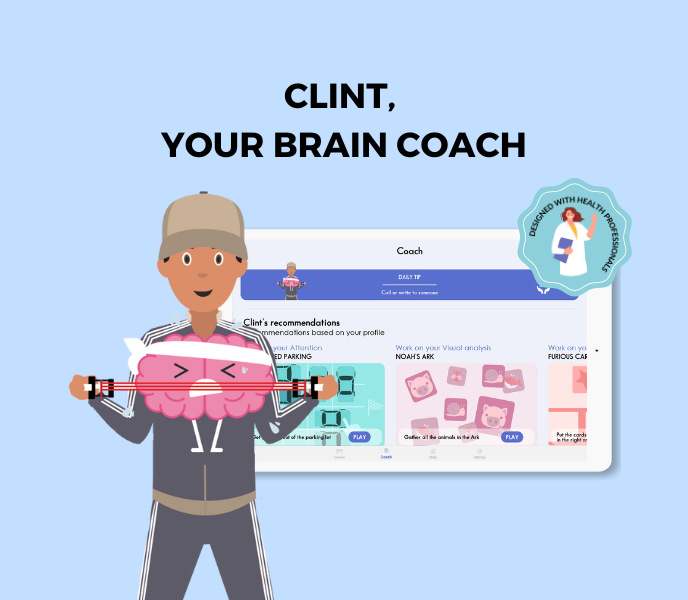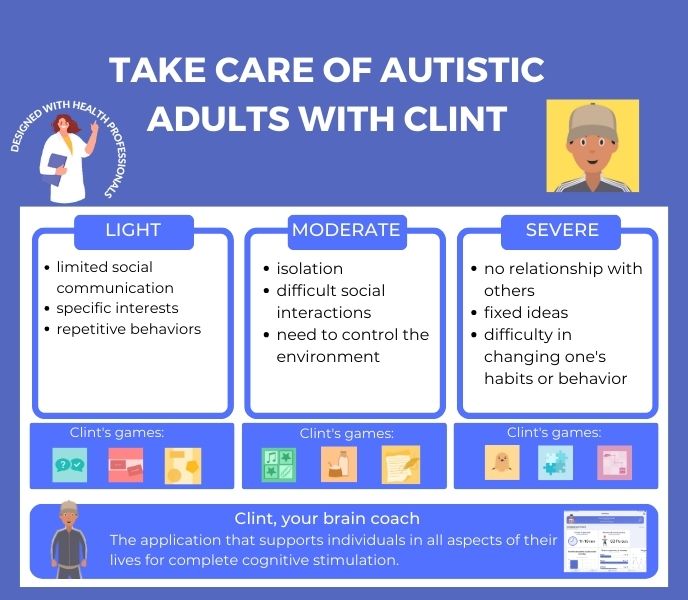However, beyond the numbers, lies the profound importance of early recognition and intervention. Early identification allows for timely access to specialized support and services, enhancing the potential for positive outcomes and improved quality of life. As parents and educators, understanding the basics of autism is essential in creating supportive environments that nurture the strengths and capabilities of individuals on the spectrum. Join us as we delve deeper into this fascinating world, where every individual’s journey is unique and worthy of understanding and acceptance.
Characteristics of Autism Spectrum Disorder (ASD)
Individuals with Autism Spectrum Disorder (ASD) exhibit a diverse range of characteristics that impact various aspects of their lives. Social communication challenges are a hallmark feature, manifesting in difficulties with understanding and reciprocating social cues, maintaining conversations, and developing friendships. Additionally, repetitive behaviors and restricted interests are common, often seen in rituals, insistence on sameness, and intense focus on specific topics or activities.
Sensory sensitivities further contribute to the complexity of ASD, with individuals experiencing heightened or diminished responses to sensory stimuli such as lights, sounds, textures, or tastes. These characteristics vary in intensity and presentation among individuals with ASD, highlighting the importance of tailored support and interventions to address their unique needs and strengths.
Diagnosis and Assessment
Diagnosing autism involves a comprehensive process that typically begins with the observation of developmental behaviors and concerns raised by parents, caregivers, or educators. Healthcare professionals, such as pediatricians, psychiatrists, or developmental specialists, conduct thorough evaluations to assess the individual’s social communication skills, repetitive behaviors, and sensory sensitivities. Screening tools and assessments, such as the Autism Diagnostic Observation Schedule (ADOS) and the Autism Diagnostic Interview-Revised (ADI-R), play crucial roles in gathering information and determining the presence of ASD.
However, a diagnosis is not solely reliant on these tools; it necessitates a multidisciplinary approach that may include input from psychologists, speech therapists, and educators. The importance of a comprehensive evaluation cannot be overstated, as it ensures accurate diagnosis, facilitates access to appropriate interventions and support services, and promotes a deeper understanding of the individual’s strengths and challenges.
Impact on Daily Life
Autism Spectrum Disorder (ASD) profoundly influences daily life across various domains, presenting unique challenges in academic settings, social interactions, emotional regulation, etc… In academic settings, individuals with ASD may struggle with organization, executive functioning, and adapting to changes in routines, which can impede learning and academic progress. Social difficulties and peer relationships pose significant hurdles, as challenges in understanding social cues, initiating conversations, and maintaining friendships often lead to feelings of isolation and exclusion. Moreover, difficulties in behavioral and emotional regulation manifest in meltdowns, sensory overload, or difficulties coping with transitions, which can disrupt daily activities and interactions. These impacts highlight the importance of tailored support, accommodations, and strategies to foster success, independence, and well-being for individuals with ASD in their daily lives.
Understanding Sensory Sensitivities
Sensory sensitivities are a crucial aspect of autism spectrum disorder (ASD) and can significantly impact an individual’s daily life. These sensitivities involve atypical responses to sensory stimuli, such as sounds, lights, textures, tastes, and smells. Individuals with ASD may experience hypersensitivity, where stimuli are perceived as overwhelming or painful, or hyposensitivity, where stimuli are barely registered. Understanding these sensory differences is essential for creating supportive environments and implementing effective strategies to enhance the individual’s comfort and well-being.
Common sensory sensitivities in autism
Individuals with autism spectrum disorder (ASD) commonly experience sensory sensitivities that can affect various aspects of their lives. Some of the most prevalent sensitivities include sensitivity to loud noises, bright lights, certain textures or fabrics, strong smells, and tastes. These sensory challenges can lead to discomfort, anxiety, and even physical pain for individuals with ASD. Recognizing these common sensitivities is crucial for providing appropriate support and accommodations to help manage sensory experiences and promote a more comfortable environment for individuals with ASD.
Strategies for managing sensory overload
Managing sensory overload is essential for individuals with autism spectrum disorder (ASD) to navigate daily life successfully. Several strategies can help alleviate sensory overload and promote comfort and well-being. These may include creating a sensory toolkit with items such as noise-canceling headphones, fidget toys, sunglasses, or weighted blankets to provide comfort and regulation during overwhelming situations. Additionally, establishing a predictable routine, offering breaks in sensory-rich environments, and teaching self-regulation techniques like deep breathing or mindfulness can empower individuals with ASD to manage sensory overload more effectively.
Creating sensory-friendly environments
Creating sensory-friendly environments is vital for supporting individuals with autism spectrum disorder (ASD) in various settings. This involves designing spaces that minimize sensory triggers and promote comfort and accessibility. Strategies for creating sensory-friendly environments may include reducing fluorescent lighting, minimizing background noise, providing comfortable seating options, using calming colors, and offering sensory-friendly materials and textures. By implementing these adjustments, whether in classrooms, workplaces, community spaces… we can help individuals with ASD feel more comfortable, empowered, and included in their surroundings.
Approaches to Intervention
Approaches to intervention for individuals with autism spectrum disorder (ASD) encompass a variety of strategies aimed at promoting development, independence, and quality of life. Early intervention programs play a pivotal role in providing support and services to young children with ASD and their families, focusing on key areas such as communication, social skills, and behavior management. Applied Behavior Analysis (ABA) is a widely utilized therapeutic approach that employs principles of learning theory to address specific behaviors and teach new skills through structured, individualized interventions.
In addition to ABA, other therapeutic approaches such as speech therapy, occupational therapy, and sensory integration therapy are also commonly employed to target areas of need and enhance overall functioning. The integration of multiple approaches tailored to the individual’s strengths and challenges is essential for maximizing outcomes and promoting holistic development in individuals with ASD.
Supporting Communication Skills
Supporting communication skills in individuals with autism spectrum disorder (ASD) involves a multifaceted approach aimed at enhancing both receptive and expressive language abilities. Augmentative and alternative communication (AAC) methods offer valuable tools, such as picture exchange systems, communication boards, or speech-generating devices, to facilitate communication for those with limited verbal abilities. Social communication interventions focus on improving pragmatic language skills, understanding nonverbal cues, and engaging in reciprocal interactions with others.
Additionally, efforts to enhance receptive and expressive language abilities encompass various strategies, including visual supports, structured language activities, and individualized speech therapy sessions tailored to the individual’s needs and strengths. By employing a comprehensive approach that combines AAC methods, social communication interventions, and language enhancement strategies, individuals with ASD can develop effective communication skills and foster meaningful connections with others.
Strategies for Behavior Management
Effective behavior management strategies play a crucial role in supporting individuals with autism spectrum disorder (ASD) and fostering positive outcomes for both parents and children. Here are some practical strategies to consider:
Utilize Positive Behavior Support Techniques:
- Encourage and reinforce desired behaviors through praise, rewards, and positive reinforcement. This approach helps to increase the likelihood of those behaviors occurring again in the future.
- Teach alternative skills to replace problematic behaviors, promoting adaptive responses and providing individuals with ASD with constructive ways to express themselves.
Establish Structured Routines:
- Create predictable schedules and routines to provide a sense of stability and security, which can help reduce anxiety and meltdowns;
- Utilize visual supports such as visual schedules, timers, and cue cards to enhance understanding and provide clear expectations for daily activities.
Identify Triggers and Functions of Behavior:
- Recognize triggers that lead to challenging behaviors and address them proactively to prevent escalation.
- Understand the function of the behavior, whether it serves to communicate needs, seek attention, or avoid situations, which can inform targeted interventions.
Implement Proactive Strategies:
- Introduce coping mechanisms and self-regulation techniques to empower individuals with ASD to manage their emotions and behaviors effectively.
- Provide opportunities for sensory breaks and relaxation techniques to help individuals with ASD regulate their sensory experiences and reduce stress levels.
Consider Educational Tools like Coco Thinks and Coco Moves:
- Recommend the use of educational applications like Coco Thinks and Coco Moves, tailored to the needs of children with autism, to support their cognitive, social, and emotional development.
- These programs offer interactive and engaging activities designed to promote cognitive skills, social interaction, and emotional regulation in a fun and accessible way.
Collaboration Between Parents and Educators
Collaboration between parents and educators is paramount in providing holistic support for children with autism spectrum disorder (ASD) as it ensures continuity of care and maximizes the effectiveness of interventions. The partnership between home and school environments creates a unified approach that addresses the unique needs and challenges of each child with ASD. Effective communication strategies, such as regular meetings, email updates, and communication logs, facilitate the exchange of valuable information about the child’s progress, preferences, and any emerging concerns.
By working together, parents and educators can co-create individualized plans that consider the child’s strengths, interests, and goals, ensuring that interventions are tailored to their specific needs and promoting consistency across settings. This collaborative effort fosters a supportive and nurturing environment where children with ASD can thrive academically, socially, and emotionally.
Inclusive Education Practices
Creating an Inclusive Classroom Environment:
- Inclusive education practices are essential for fostering a supportive learning environment where all students, including those with autism spectrum disorder (ASD), feel valued and accepted.
- Promoting acceptance and understanding involves nurturing empathy, respect, and appreciation for diversity among students and educators.
Tailoring Accommodations and Modifications:
- Individualized accommodations such as visual schedules and sensory breaks ensure equitable access to learning opportunities, supporting academic success for students with ASD.
- These adjustments not only meet the specific needs of students with ASD but also promote an environment where all students can learn effectively.
Fostering Peer Relationships and Social Inclusion:
- Encouraging peer relationships through social skills activities and buddy programs enhances social competence and a sense of belonging for students with ASD.
- By fostering inclusive experiences, educators create environments where students with ASD feel valued and included, benefiting all students.
Embracing Inclusive Practices for Enriching Environments:
- Embracing inclusive practices celebrates differences and empowers all students to thrive, contributing to positive learning environments.
- This approach supports academic growth and personal development, creating a school culture that values diversity and promotes success for every student.
Advocacy and Resources
Advocacy and resources play crucial roles in supporting individuals with autism spectrum disorder (ASD) and their families, as well as facilitating professional growth among educators. Accessing community resources and support services is essential for individuals with ASD to access specialized therapies, educational programs, and social support networks that promote their well-being and development. Advocating for the needs of individuals with autism involves raising awareness, promoting inclusion, and lobbying for policies that ensure equitable access to services and opportunities.
Additionally, continuing education and professional development opportunities for educators are vital for enhancing their knowledge and skills in supporting students with ASD effectively. By staying informed about evidence-based practices and fostering a collaborative approach with families and community stakeholders, educators can create more inclusive and supportive learning environments for individuals with ASD.
Understanding autism is essential for creating inclusive environments that support individuals on the spectrum in reaching their full potential. We have explored key points such as the definition and prevalence of autism, its impact on daily life, intervention approaches, and strategies for supporting communication and behavior management. Collaboration between parents and educators is paramount, as it ensures continuity of care and maximizes the effectiveness of interventions. By working together, we can develop individualized plans, promote acceptance, and foster peer relationships that enhance the educational experience for all students.
Moreover, our commitment to providing effective support and advocacy for individuals with autism reaffirms our dedication to creating a more inclusive and compassionate society where everyone can thrive.
AND FOR FURTHER INFORMATION

COCO, FOR AUTISTIC CHILDREN

CARING FOR AN AUTISTIC CHILD

CLINT, FOR AUTISTIC ADULTS
Other articles that might interest you:
How Parents Can Contribute to Teacher Training
As we delve into the realm of education, it becomes increasingly clear that teacher training is not merely a...
Differentiated Instruction Approaches: Training and Practical Application
Differentiated instruction is a pedagogical approach that recognizes the diverse needs of students in a classroom. It...
Key Skills Teachers Need to Support Students with Special Needs
As we embark on our journey to support children with special needs, it is essential for us to cultivate a deep...





